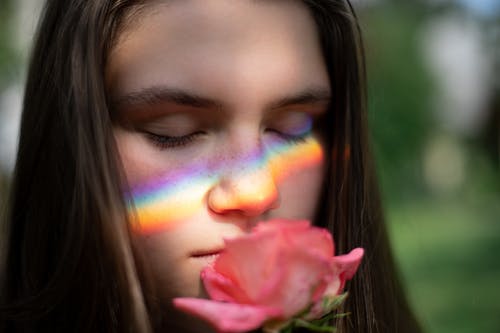Posted: Nov 25, 2019

Food scientists at Oxford University tested experience wine tasters
They convinced them they were trying a rosé which was actually a dyed white
The findings call into question whether wine snobs can distinguish varieties
They turn wine tasting into an elaborate performance, waxing lyrical about the tastes and aromas that help them identify precisely what they are drinking.
But now research suggests many connoisseurs cannot actually tell one bottle from another.
In a study by food scientists at Oxford University, experienced tasters convinced they were sampling a delicious rosé were actually drinking a white wine – from an entirely different grape – that had been dyed pink with red food colouring.
The findings call into question whether wine snobs really can distinguish one tipple from another on taste and aroma. The researchers suggest they are primarily driven by colour – for example, if a wine looks pink, it must be from grapes used in rosé.
The average adult in Britain drinks 20 litres of wine a year, or around a bottle a fortnight.
But among devotees, consumption can be much higher. And many pride themselves on being able to accurately describe the subtle differences in flavour and scent that set wines made with different grapes apart.
But the Oxford study suggests some might not be as gifted as they believe. The researchers recruited 168 volunteers who were attending a scientific symposium in Barcelona, Spain, on the effects of wine on the brain.
Almost 80 of them worked in the wine trade and boasted of having at least five years' experience of tasting and sampling.
Another 62 said they had been to wine-tasting classes and knew exactly what they liked in a good vintage. The remainder were not regular wine drinkers.
They were each asked to sample a white wine – made with the grenache blanc grape – as well as a rosé made with cabernet sauvigon and tempranillo grapes.
A third sample was provided that looked like the first rosé but was in fact the same white wine dyed pink. Recruits were then given a long list of words and told to choose which best described the taste and aroma of each wine.
The results, published in the journal Food Research International, showed most self-confessed wine buffs chose words such as strawberry, plum, cherry and cranberry to describe the real rosé.
For the white, they opted for apple, gooseberry, pear or lemon.
When it came to the fake rosé, they went for red or dark fruit flavours, even though it was simply the white in disguise.
In a report on the findings, experimental psychologists at Oxford said: 'This is the largest study of its kind. It demonstrates the role of wine colour in shaping both smell and flavour evaluations.
'The participants, especially those with some degree of wine tasting experience, used similar vocabulary to describe a white wine dyed pink and a real rosé, as compared to the same white.'
By Pat Hagan
November 25, 2019
Source and Complete Article: Dailymail.co.uk
Go-Wine's mission is to organize food and beverage information and make it universally accessible and beneficial. These are the benefits of sharing your article in Go-Wine.com


The Wine Thief Bistro & Specialty Wines is a locally owned small business in downtown Frankfort, IL offering world class wines in a relaxed, casual gathering spot for friends and family. Offering world class virtual tastings and touchless carryout.
https://www.twtwineclub.com/aboutus
Go-Wine 25 Great Wineries in US selection prioritizes quality, value and availability.
www.go-wine.com/great-wineries-in-america
Tasting wine is a nice experience, but visiting the places in which wine is made is a magic moment. Available in New York City for touchless pickup.